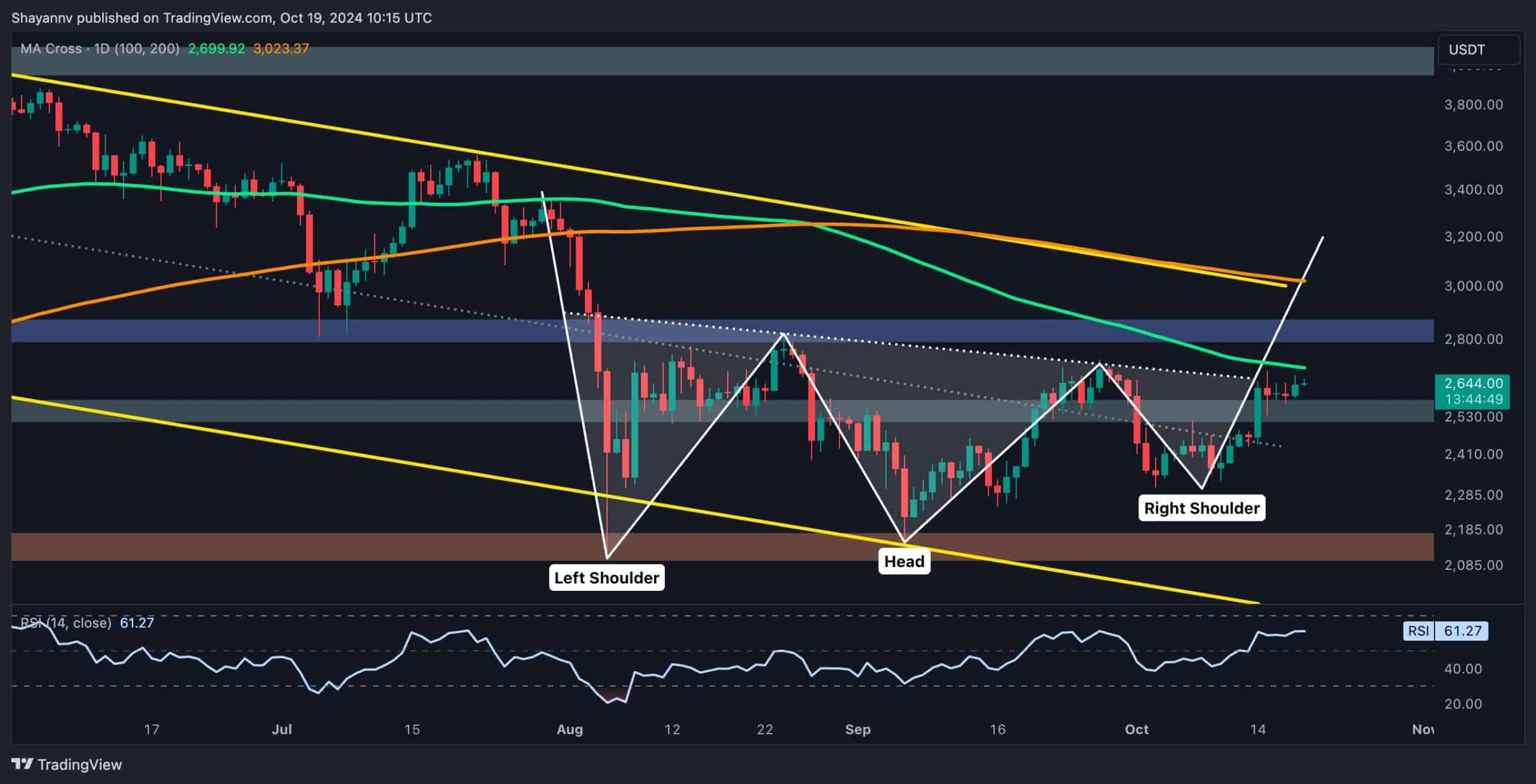I'll be the first to admit, getting a Pap smear is one of my least favorite doctor's appointments to schedule. While a crucial aspect of testing for HPV and cervical cancer, the procedure can be very uncomfortable. Between the light shining between my legs and the cranking of the hard metal speculum, I can't think of a more invasive doctor-patient experience. And for those who've dealt with sexual trauma or who have certain conditions like endometriosis or vaginismus, a Pap test can range from painful to downright debilitating. Access to cervical screening and follow-ups remains a problem, as well. Thirty percent of people in the US with a cervix can't or don't get screened for cervical cancer at the recommended intervals, per the National Cancer Institute.
It's good news, then, that new self-collection methods are heading to doctor's offices this year (and potentially to your home, one day), finally offering an alternative to the in-office Pap test.
"The FDA has approved self-collection in a healthcare setting when providers and patients determine it's not possible for cervical specimens to be obtained otherwise," says Jessica Shepherd, MD, MBA, an ob-gyn and minimally invasive gynecologic surgeon. "Cervical cancer is preventable and treatable if it is detected early, so screening is key," Dr. Shepherd says. Self-collection has the potential to be incredibly helpful in increasing screening rates, particularly among those not participating or engaging in routine screening, she says. It's not a new concept. HPV self-testing has been successfully implemented in other countries already, including Sweden and Australia.
So, how will self-collection work? What are the risks? And when might self-collection hit your doctor's office? Ahead, here's everything you need to know.
Experts Featured in This Article:
Jessica Shepherd, MD, MBA, is an ob-gyn, minimally invasive gynecologic surgeon, and founder/CEO of Sanctum Med + Wellness, a concierge wellness concept in Dallas, TX. She specializes in endometriosis, fibroid, and minimally invasive surgical approaches to gynecologic diseases.
How Will Self-Collection Work, Exactly?
In May, the FDA approved two HPV tests for self-collection, both of which had already been approved as cervical cancer screening tools when used by a clinician in a health care setting. The tests are called BD Onclarity HPV Assay (made by Becton, Dickinson and Company, or BD) and cobas HPV (made by Roche Molecular Systems), and the self-collection versions should be available later this year.
Unlike a typical Pap test, which involves swabbing cells from the cervix, these tests will be collecting cell samples from the vaginal walls, which allows a patient to effectively conduct the test on oneself. But self-collection doesn't mean at-home test — yet. For now, the tests will still be conducted in a health care setting, except patients will be doing the collection themselves. "Patients will still go into their doctor's office, but conduct their own test in private where they will insert a swab into their own vagina to collect a specimen. The collection is then sent to a lab where it will be tested for the human papillomavirus (HPV)," Dr. Shepherd tells PS. So, not dissimilar from providing a urine sample.
If you test positive, further testing will likely be required and this may include a Pap test or a colposcopy to offer up an official diagnosis and determine next steps, according to MD Anderson Cancer Center.
Also important to note: these HPV self tests have been approved for situations where a traditional pelvic exam is either not recommended or not possible. This may include access issues, like not having insurance or living in a medically underserved area, per MD Anderson Cancer Center (self-collection is more cost-efficient). Other instances include cases of past trauma, discomfort and anxiety, religious beliefs, or identity.
What Are the Risks of Self-Collection?
As with any new innovation, it's important to proceed with caution, Dr. Shepherd says. "Taking a specimen from a woman's vagina is different than a specimen from a woman's cervix," she says. While research appears promising and has indicated that HPV self-collection can improve cervical cancer screening coverage, Dr. Shepherd expresses concern that the method could potentially miss cervical disease cases that could have otherwise been detected and prevented using standard testing methods.
When Will Self-Collection Be Made Available in the US?
"Self-collection will not become available in doctor's offices until later this year," Dr. Shepherd tells PS. Still, it's an important step in making cervical screening more accessible. Future advancements may include at-home HPV testing with at-home collection, which is currently being tested in a nationwide clinical trial program.
That said, "while increasing overall screening rates is important, cervical specimens collected by a healthcare provider remains the current standard of care," Dr. Shepherd tells PS.
As more testing become available, it's important to have a conversation with your healthcare provider about all of your screening options and what's best for you.
Alexis Jones is the senior health and fitness editor at PS. Her passions and areas of expertise include women's health and fitness, mental health, racial and ethnic disparities in healthcare, and chronic conditions. Prior to joining PS, she was the senior editor at Health magazine. Her other bylines can be found at Women's Health, Prevention, Marie Claire, and more.

 1 month ago
17
1 month ago
17
:quality(85):upscale()/2024/10/18/840/n/1922729/739d1ad86712b29a6ab663.35566876_.jpg)
:quality(85):upscale()/2024/10/18/912/n/24155406/26d9db686712cabf4aa2c6.94223431_.jpg)
:quality(85):upscale()/2024/10/18/872/n/24155406/5add03f16712bd5d6e1f71.63155954_.png)




 English (US) ·
English (US) ·